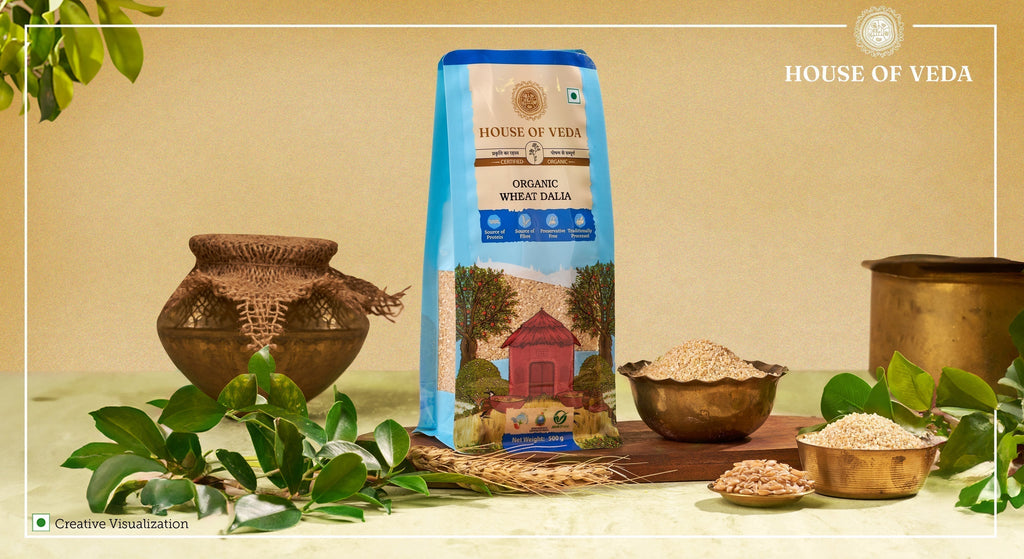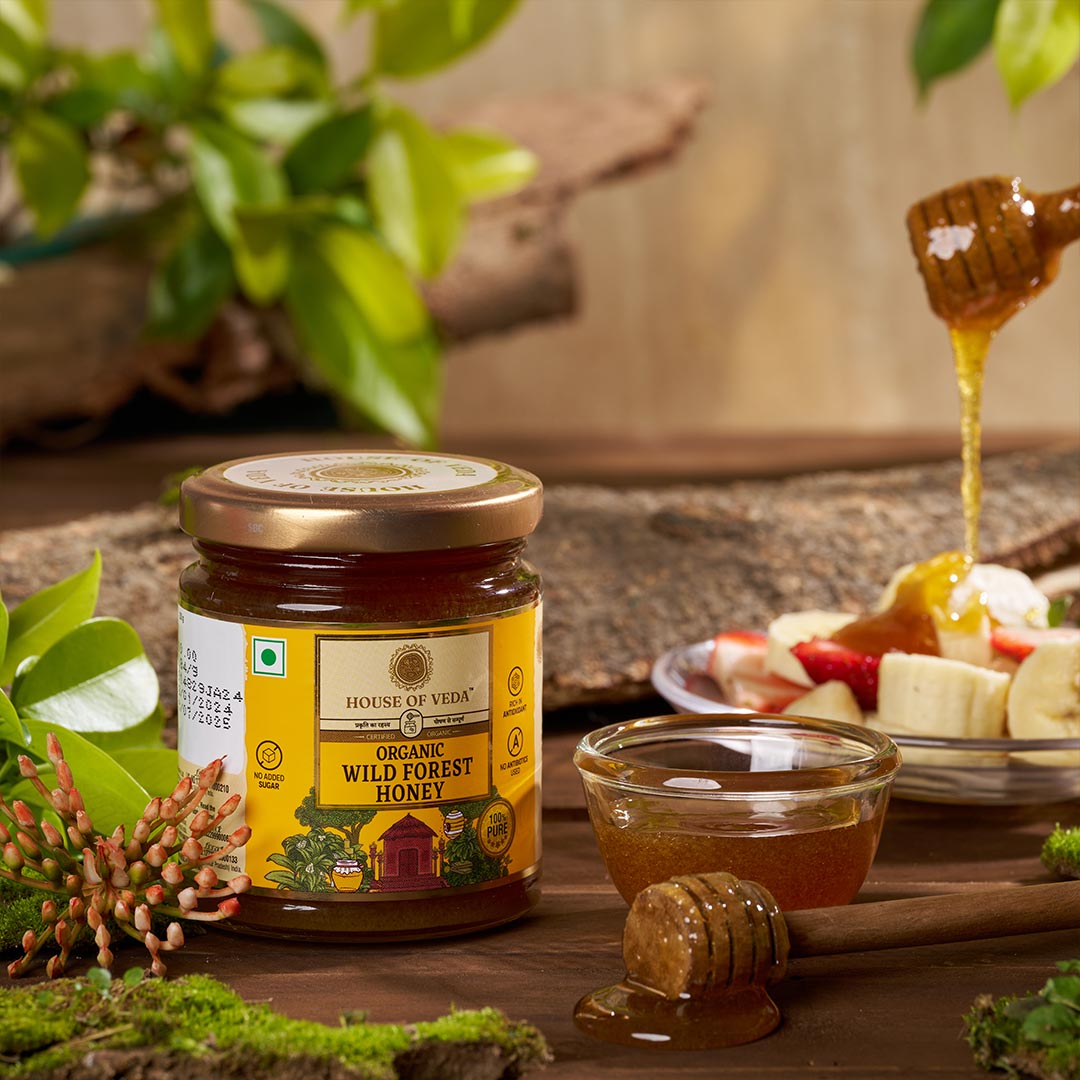
Yoga Beyond the Mat: Daily Rituals for a Balanced Life

Yoga is generally regarded as an exercise confined to the yoga mat, which uses postures, poses, and other related movements. But even the strictest definition of yoga goes far beyond these physical exercises. In its simplest sense, yoga is a way of living that involves both one’s physical body and spirit, together with one’s mind and emotions. As committed Yogis, we strive to create our practice and presence in our everyday routines and selves when we are off the mat.
Understanding the Essence of Yoga
Yoga is an amalgam of two words, ‘Yuj,’ which signify the practice of joining or adjusting. It is an age-old practice that seeks to balance human existence's physical, mental, and spiritual realms. This essentially is the active yoga or the physical postural aspect of yoga or the asanas as many of us know it today, which is, however, a mere 4th limb out of the eight-limbed path of yoga as propounded by Patanjali in the Yoga Sutras. Other limbs include ethical codes, Yama and Niyama, breathing exercises or Pranayamas, pulling inwards or Pratyaharas, concentration or Dhyanas, meditation or Dharanas, and the final state or Samadhi.
Herbal Teas and Yoga Integration:
1. Calming Effects: Some are amla ginger green tea, amla tulsi green tea, immune tea, and calming chamomile teas, which help you relax after a busy day. Likewise, some forms of exercise, such as restorative yoga and meditation, assist in finding peace within the mind and in the physical body for sleep to occur.
2. Mindfulness Ritual: Even such a simple act as drinking herbal tea can turn into a sort of practice – or, to use yoga terminology, an intention-setting and relaxation exercise. These two are helpful activities as they both serve to stay grounded and make a stronger connection with oneself and hence, overall wellness is likely to be enhanced.
3. Stress Reduction: Yoga has been classified as effective in reducing stress since it reduces cortisol levels, has effects on breathing rates, and eases teachings. Even traditionally consumed honeybush and rooibos teas contain adaptogenic compounds like those found in lemon balm and passionflower that help the body accept stress.
4. Sleep Aid: There are some special teas like camomile and vanilock roots that are especially famous for promoting sleep. While yoga can be done at any part of the day, incorporating it with a perfect herbal tea before going to bed is the perfect bet to have the right environment to doze off and get more value for your sleeping hours.
5. Holistic Wellness: Because herbal teas contain natural ingredients that soothe the body and provide relief from stress, incorporating the product with a practice such as yoga, which maintains the mental aspect of relaxation and sleep, would be beneficial for the body as a unit. Since this supplement targets multiple aspects that are fundamental to human health, it can be useful in boosting general well-being and, therefore, can be useful in complementing a healthy Diet.
If herbal teas can be used in combination with yoga as a form of relaxation in the evening together with some reflection or gentle stretching, this can be combined to make a holistic program likely to make for a good night’s sleep and generally good health.
Daily Rituals to Integrate Yoga into Your Life
1. Morning Mindfulness and Intention Setting
An early morning routine that introduces mindful practices will help shape the rest of the day into a productive and enriching process. Ideally, try waking up for a few minutes before leaving, when you must sit and watch your breath. Take some time and count to five while inhaling and count to five while exhaling: try focusing on the now. Just this simple practice can make one mentally set for what is in store for the remaining part of the day.
Intention Setting: Specify a positive intention for your day after your minutes of mindfulness. It can be something general for a certain time or something more specific, like a particular behavior you’d like to cultivate, such as patience, kindness, or gratitude. A deliberate intention can give focus and reason and may help guide your choices during a specific period.
2. Mindful Eating
We all need to eat, so it's essential to consider the quality of our meals and how we consume them. It can be described as carefully observing the processes of eating and drinking and everything associated with it as both bodily and external processes. This is about behaving like a mindful eater, where one can focus on every mouthful one takes and can improve an individual's overall relationship with food and even improve digestion.
How to Practice Mindful Eating:
- It is also essential to look at the food before you take a bite or the first bite you experience.
- Make slow movements and munch the food with our teeth.
- The students are advised to focus on the taste, mouth, feel, and smell of their food products.
- Choose what you eat, when, and how much you eat based on your internal hunger and satiety signals.
3. Incorporating Movement Throughout the Day
As much as it is vital to maintain work in progress from one scheduled yoga class to another, getting into regular movement during the day also has great physiologic and psychological benefits. This can range from spending five to ten minutes for simple stretching, leisurely walking, or performing a few exercises involving deliberate workplace movements, such as deep breathing techniques.
Suggestions for Daily Movement:
- Take short breaths and stretch your legs at intervals while studying or working.
- Avoid sitting and lying down during lunch breaks; instead, take a walk and try to connect with your breath and the feeling of your feet on the floor.
- To avoid undue pressure on the heart, simple yoga stretches early in the morning or before bed can be helpful.
4. Breath Awareness
Meditation of breath awareness is an essential component of exercising patience and is exercised at all times, either during yoga practice or otherwise. Breathing exercises help make one’s mind more at ease, as well as practically eliminate stress and anxiety to focus on the task that needs to be done. These include the 4-7-8 breathing technique, which is simple yet powerful.
4-7-8 Breath Technique:
- The first step will involve breathing through the nose and counting to 4.
- Place a hand on the side of your chest close to your heart and try to breathe normally, or do not breathe for about 7 seconds.
- Take a deep breath, filling your lungs with air and exhaling through your mouth for a count of eight.
- This means you have to repeat this cycle four times or have four sets.
5. Practicing Gratitude
Gratefulness is a miracle that can help to flex from the negative mindset that focuses on the lack of necessities to the mindset that rejoices over the abundance of essentials. Gratitude can improve people’s quality of life and become a part of their strength.
6. Mindful Communication
As a core aspect of our everyday operations, communication plays a central role in various human endeavors. Another method refers to awareness when speaking and listening; it requires those involved to be attentive during the conversation.
Tips for Mindful Communication:
- Avoid interrupting the speaker without consulting them.
- Remember to pay close attention to whether the patient has positive or negative body language and how they portray their emotions.
- Possibility to reply non-aggressively and not act in the heat of the moment.
7. Evening Reflection and Relaxation
It is like the idea of Savasana, which acts as the final stage in yoga and implies relaxation with some thoughtful overtones. Similarly to how yoga helps to be in a state of awareness and find inner harmony, herbal teas contribute to the resultative aspect of this method, helping to establish a calming state and providing people with the chance to have a nice sleep.
Relaxation Techniques:
- These may include gently stretching exercises or holding certain poses for a certain period, which aids in the relief of physical stiffening.
- It is helpful to detach yourself from the situation and engage in artistic listening like reading, enjoying the music, or having a warm bath.
- Cortical and Behavioral Practice relaxation techniques like progressive muscle relaxation, using simple imagery or instructions for relaxation to ensure better sleep.
8. Living with Purpose and Mindfulness
Anyone practicing yoga aims to live a purposeful life by their mindfulness practices joyfully. It entails acknowledging the processes of one’s actions, thoughts, and emotions and selecting behaviors and responses consistent with one’s ethical goals or plans. Yoga in your rituals has shown the path to having a balanced and happy life by practicing it in the daily routine.
Mindfulness in Daily Activities:
- In some ways, it might be helpful to approach basic, everyday activities like cooking a meal, washing dishes, or driving in the car with deliberate awareness and attention.
- Take the spotlight of multitasking and instead work on one task at a time to avoid overthinking it or getting side-tracked.
- Think of mindfulness as a way to regulate stress, thus helping one to achieve balance or the ‘‘state of flow.’’
Conclusion
Yoga is a holistic practice that can seamlessly integrate into daily life through mindful rituals. By incorporating morning mindfulness, mindful eating with the House of Veda, daily movement, breath awareness, gratitude, conscious communication, evening reflection, and living with purpose, you can harness the power of yoga with an infusion of herbal tea to create a balanced and harmonious life. Embrace these daily rituals and experience the transformative benefits of yoga beyond the mat.













